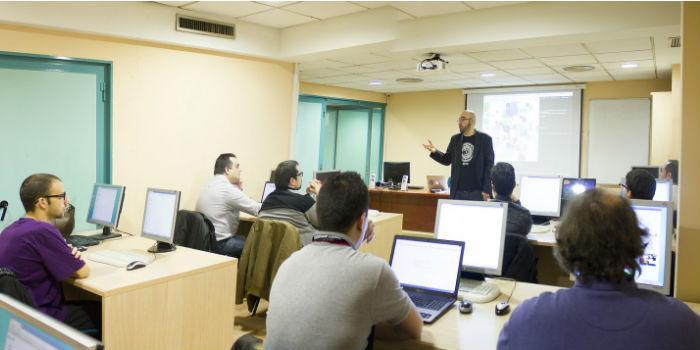 Latin America. Today, technology is critical to the survival of any university or campus in Latin America. It is key to the daily activity of students, facilitators and IT managers: connectivity to the campus network, access, being able to print from anywhere, the secure connection between classrooms to other external places not to mention how mobile devices are redefining the culture of higher education towards more active learning, generating a greater relationship with students and the design of more personalized courses.
Latin America. Today, technology is critical to the survival of any university or campus in Latin America. It is key to the daily activity of students, facilitators and IT managers: connectivity to the campus network, access, being able to print from anywhere, the secure connection between classrooms to other external places not to mention how mobile devices are redefining the culture of higher education towards more active learning, generating a greater relationship with students and the design of more personalized courses.
By using technology, such as learning management systems (LMS), email, social media, among others, teachers can provide content (videos, podcasts, readings, pre-recorded lectures, etc.) to students before entering the classroom.
The new role of educator and students
In a modern classroom, the role of an educator is no longer to stand in front of the classroom and give a lecture while students carefully take notes to be examined at a later date. Instead, educators now act as facilitators – encouraging students in their individual research and collaborative efforts. A recent Boston Globe article[1] reports that the University of Vermont School of Medicine promises to end all conferences by 2019 in an effort to educate physicians who are good at listening, research, critical thinking, and collaboration. The article claims that much of what a teacher who simply speaks teaches is forgotten in a matter of weeks and sometimes obsolete in years.
Currently, with mobile devices in hand, answers to almost any question can be found in a matter of seconds by any student with a cell phone, laptop or tablet. Instead, students must learn to analyze the available information to gain credibility, relativity, accuracy, and usefulness. Again, this is the new role of facilitators acting as advisors to the student's individual path to discovery. This set of skills can be practiced and honed within classrooms, where discussion, debate and analysis play an essential role.
According to another recent study, technology in classrooms is most effective when used as a cognitive tool rather than a presentation tool. That same report also indicated that students value the use of computers outside the classroom for activities such as vocational training and social interaction. The ideal learning situation comes into effect when technology is an extension of the student's natural experience.
Connectivity, key to successful learning
To prepare students it is necessary to give them the ability to focus their learning also outside the classroom – allowing them to enter the network on their personal devices from the classroom, their bedroom or even from their seats in the basketball training venue – meaning that a connected campus is crucial to students' ability to understand and analyze content. Therefore, today, institutions must have full confidence in the capacity, security, and reach of their networks to handle a wide variety of student, staff, and faculty devices. In addition, in many cases, these computers are personal, and are not provided by the institution, in a practice known as "Bring Your Own Device" (BYOD).
In order to provide the best possible student experience and add value to their learning environment, institutions must partner with a technology provider that has the resources, skills, and knowledge to establish a strong campus modernization strategy, with the ability to handle connectivity trends such as BYOD. With this, institutions will be better prepared to shift towards student demands and new models of online learning.
How does Ricoh help in this educational transformation?
Ricoh's solutions help educational institutions in two main ways. The first, which directly impacts student performance through the use of tools such as the "smart classroom" or analytics and that allow to potentiate the concepts of collaborative experience, differentiated experience and aligned content. The second focuses on university employees. Ricoh has tools that improve processes and increase the efficiency of institutions as a whole (not only the educator) and generate a better experience for students. For example, in the creation of a print shop through the Cloud anywhere and at any time, or implementing the tools and processes that will help faculties to score exams more quickly and accurately so that students can check and withdraw their grades and records at their convenience.
K-12 Education Technology (Elementary)
In today's digital world, schools are struggling to keep up with the demands of Generation Z or "Digital Natives," who have grown up enjoying innovative technology and constant connectivity. Schools face increased financial pressure, higher expectations from students, parents and staff, and increased competition from national and international institutions.
The main goals for students and parents will always be to get the best learning, but an important indicator of success lies in access to the best universities. Parents also seek easy access to their children's degrees, attendance, and overall academic performance. Ricoh offers greater commitment to learning and collaboration, aligned content, and a differentiated learning experience through a suite of solutions tailored to enable a true digital campus experience.
Finally, one of the growing trends in the education sector is STEAM (Science, Technology, Engineering, Arts, Mathematics). It is a model of learning and teaching how all things relate to each other, both in school and in life. In addition, it supports the development of basic academic competencies, is more fun than traditional and makes more sense for all types of students, as it is based on the natural ways that students learn and are interested in topics. This model that incorporates applications of robotics, focus on practical experiments and 3D printing, prepares students much more for their high school and university studies in order to obtain a workforce prepared for the jobs that will be demanded in the coming years of the XXI century.
Technology for Higher Education
As we mentioned earlier, the answers to almost any question can be found in a matter of seconds by any student on the internet, making "Google" the great rival of the facilitator in the classrooms. With the increasing connectivity on the part of users, this trend will increase, so institutions need tools and technology to differentiate themselves and provide added value in this digital context such as the "Flipped Classroom", a pedagogical model that transfers the work of certain learning processes outside the classroom and uses class time, together with the experience of the advisors, to facilitate and enhance other processes of acquisition and practice of knowledge within the classroom. Video lectures are viewed by students at home before entering the classrooms, in this way, class time is focused on understanding exercises, projects or debates.
On the other hand, universities are responsible for preparing their students for the new world of work, including jobs that may not yet exist. Graduates are now expected to have practical skills that they must acquire from educational institutions to succeed in business and the community. Ricoh applies his expertise in implementing educational technology for millions of students around the world to meet the challenges of twenty-first century education. Through solutions such as the Smart Classroom, Collaboration Spaces, Campus Services, EduCard and admission processes allow the student to achieve a greater commitment to their education, since a differentiated learning process, aligned content and a collaborative experience are achieved.
On the part of academic institutions, performance represents the heart of schools, so academic directors need to take a close look at local and global curricular requirements, the student-to-instructor ratio, and the overall quality of teaching and innovative tools. Ricoh's technology in the classroom allows teachers to act as mentors and guides, helping students gain knowledge from a variety of sources. This improves the educational outcome and provides better teaching tools to aid the learning process.
Finally, as important as educational quality and reputation, schools need to find ways to increase revenue per student, generate new revenue streams, and control costs. All of this is vital to maintaining a university's financial viability and investment power. Ricoh offers the possibilities to integrate end-to-end solutions that help reduce the cost of institutions, while providing new sources of income and improving educational quality.
In conclusion, the need to improve the value and satisfaction of students and employees through the immediate delivery of information and adapted is a priority for the sector. In addition, the transformation of traditional methods will focus on attracting talent and meeting the needs and demands of the next generation of students. The best schools of the future will be those that integrate technology into classrooms and their back-office processes. The end result will be an environment that will enrich the interaction between teachers, technology and students.
Text written by Fernando Maroniene, Vice President of Marketing of Ricoh Latin America.




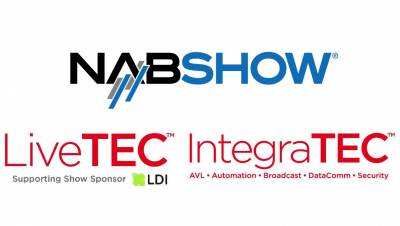
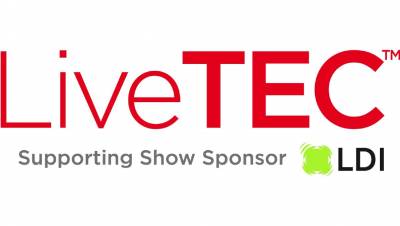
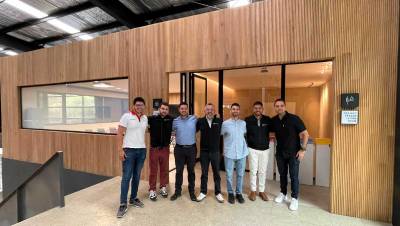
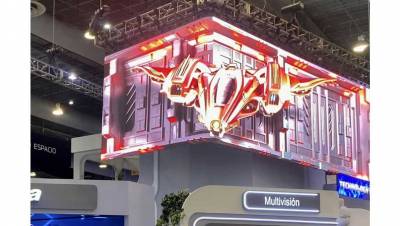
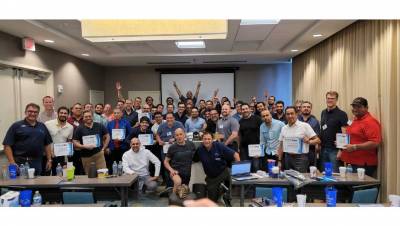

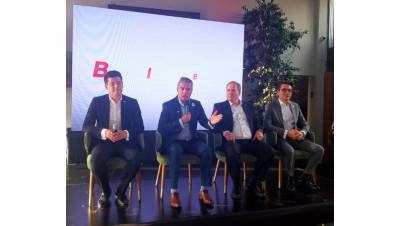
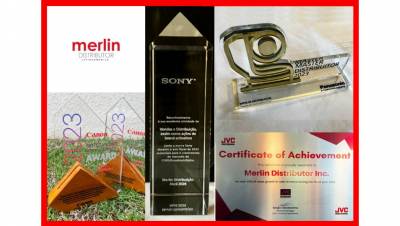














Leave your comment